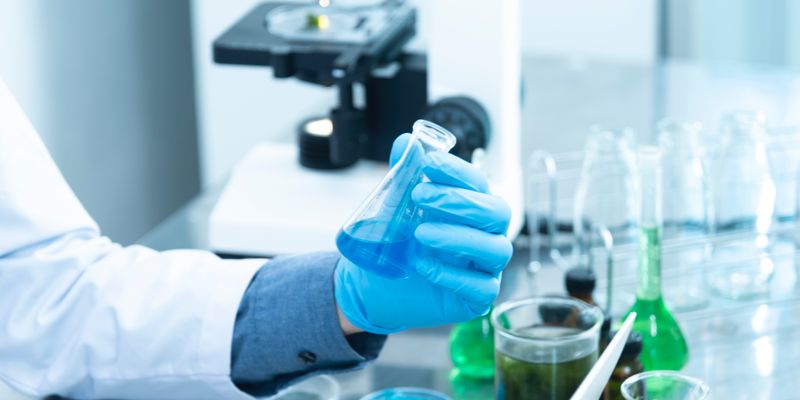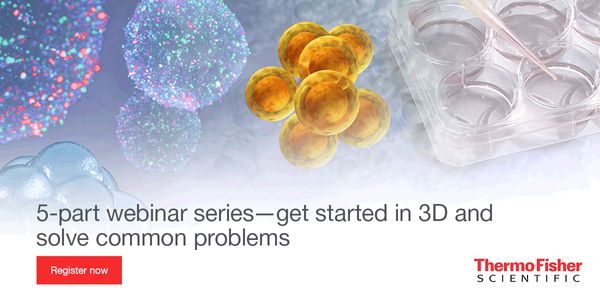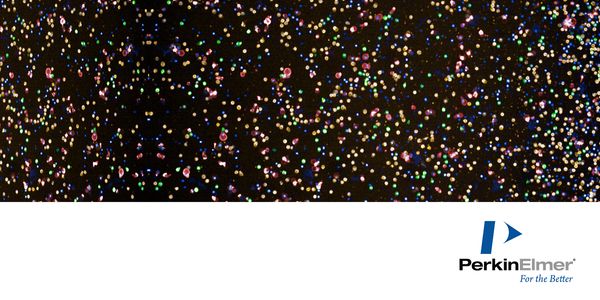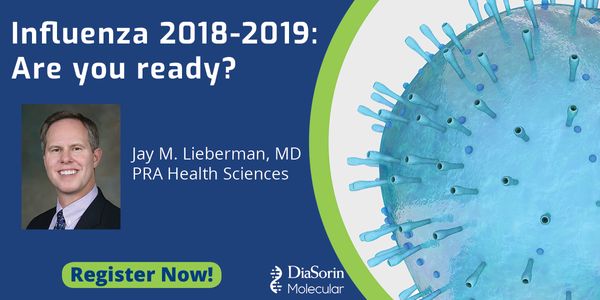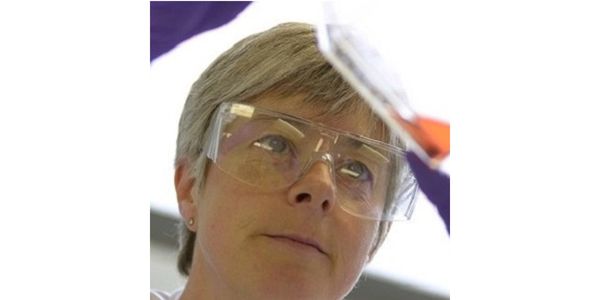Biological assays
Biological assays, or bioassays, are laboratory analyses that measure the concentration of a substance. Living organisms or cells are exposed to increasing concentrations of a test substance in order to determine the impact. Biological assays are often used to access the toxicity of a compound.
-
Advanced Cell Diagnostics’ RNAscope products and assay services are utilized widely for tissue-based gene expression analysis in early target validation, preclinical animal efficacy and...Speaker: Christopher Bunker, PhD
FEB 20, 2019 | 9:00 AM
DATE: February 20, 2019TIME: 9:00am PST ...
DEC 06, 2018 | 7:00 AM
DATE: December 06, 2018TIME: 7:00AM PSTHigh-throughput confocal microscopy has changed the way drug screening can be performed, by enabling the detection of single-cell pheno...
NOV 09, 2018 | 12:00 AM
Our new cell-by-cell analysis module allows users to ‘count and classify’ heterogeneity in cell populations over time.This software uses novel algorithms to segment the HD pha...
NOV 08, 2018 | 9:00 AM
DATE: November 8, 2018TIME: 9:00AM PDTAnnual epidemics of influenza place a substantial burden on the health of people in the United States. CDC estimates that influenza has...
NOV 06, 2018 | 12:00 AM
The last decade has seen a significant shift in the way that mammalian cells are used in biomedical science. Researchers are increasingly turning from simple, reductionist recombinant cells t...
NOV 05, 2018 | 12:00 AM
Biomedical researchers are increasingly using advanced human cell models for translational biology and therapeutic discovery studies. These include patient-specific samples, cultured micro-ti...
NOV 02, 2018 | 12:00 AM
Despite exciting recent developments in neuroscience, identifying novel, truly effective treatments for patients with neurological and psychiatric conditions remains highly challenging. There...
NOV 01, 2018 | 12:00 AM
Integrated protocols and live-cell analysis solutions for different 3D tumor modelsIn the search for greater clinical translation, cancer researchers are increasingly turning to more comp...
NOV 01, 2018 | 12:00 AM
Kinetic antibody internalization assays using live-cell analysisMonoclonal antibodies (mAb) and antibody-drug conjugates (ADCs) are widely used biological therapeutics. A key property of...
NOV 01, 2018 | 12:00 AM
Deriving deeper biological insight & improving productivity in immune-cell biologyThe most common in vitro methods for immunologists to analyze cells of the immune system are flow cyt...
Analytical chemistry can take you to strange places - for me it has been to the bottom of a quarry, being covered in dirt, excavating sesame-seed sized fossils that allow us to work out when...
Everyone that uses titration in their lab knows how simple and fast the technique can be. However, uncertainty around when to replace electrodes creates confusion. Reagent quality, tubi...
Speaker:
Jessica McVay
, Lori Spafford
Hydrogen-deuterium exchange mass spectrometry (HDX-MS) has developed into a powerful tool for investigating biopharmaceuticals, protein interactions, and membrane protein dynamics. Since 2010...
This intensive workshop will introduce infrared spectroscopy, outline the various sample handling methods and provide guidance on the numerous transmission and reflectance methods available f...
Ion mobility-mass spectrometry (IM-MS) is a rapid, gas-phase separation technique that has become an integral part of the analytical repertoire of techniques for the -omics. This method coupl...
Solid phase microextraction (SPME) is a versatile, non-exhaustive sample preparation tool that has been demonstrated to be well-suited for facile and effective analysis of a broad range of co...
Speaker:
Barbara Bojko, PhD
, Janusz Pawliszyn, PhD, FCIC, FRSC
Presented at: Analytical Chemistry Virtual Event Series 2018
In the postgenomic era, one expects the suite of chemical players in a brain region to be known and their functions uncovered. Perhaps surprisingly, many neurochemicals remain poorly characte...
